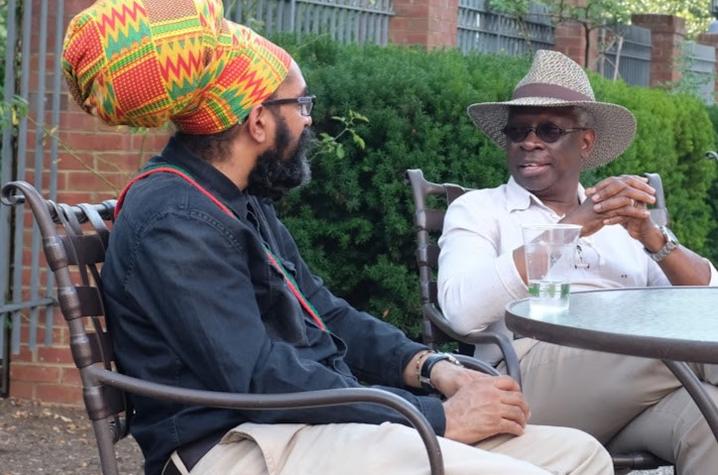Miller and Colleagues Publish on Bifurcating Enzymes in Nature Chemical Biology
University of Kentucky researchers participating in a Department of Energy-funded center have discovered a ground-breaking process that allows them to harness energy from chemical reactions that previously would have been dismissed as unusable. The process – which maximizes the efficiency of reactions at the molecular level – could affect everything from synthetic biology to fuel and chemical production. The authors are part of a multi-institutional team called the Biological Electron Transfer and Catalysis (BETCy) Energy Frontier Research Center.



 Derek Young, University of Kentucky College of Arts & Sciences assistant professor of statistics, recently published his new book, “Handbook of Regression Methods,” which concisely covers numerous traditional, contemporary and nonstandard regression methods.
Derek Young, University of Kentucky College of Arts & Sciences assistant professor of statistics, recently published his new book, “Handbook of Regression Methods,” which concisely covers numerous traditional, contemporary and nonstandard regression methods.